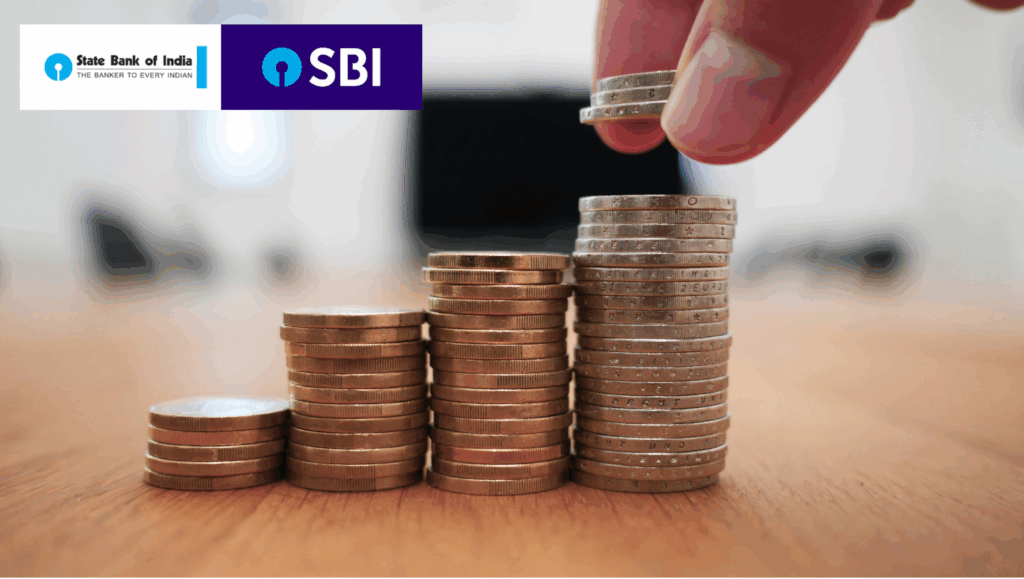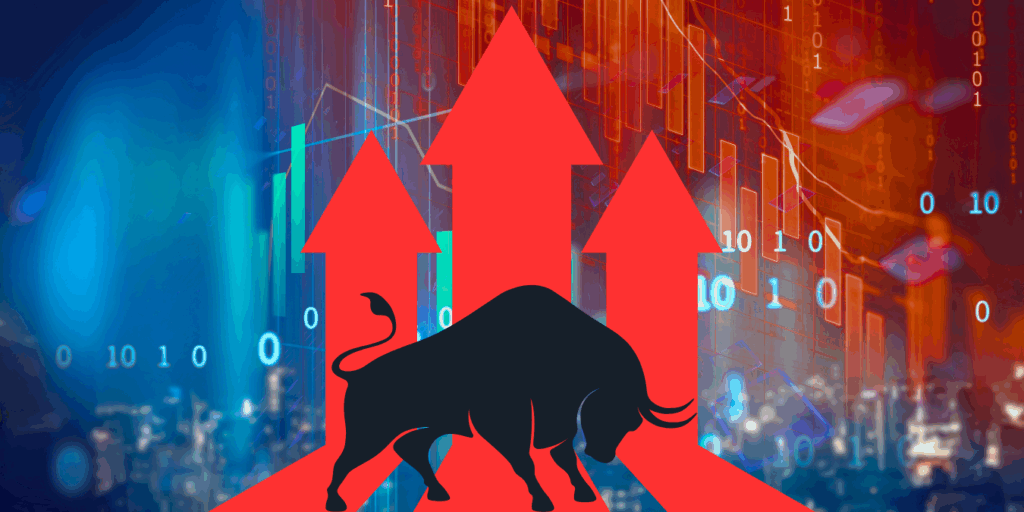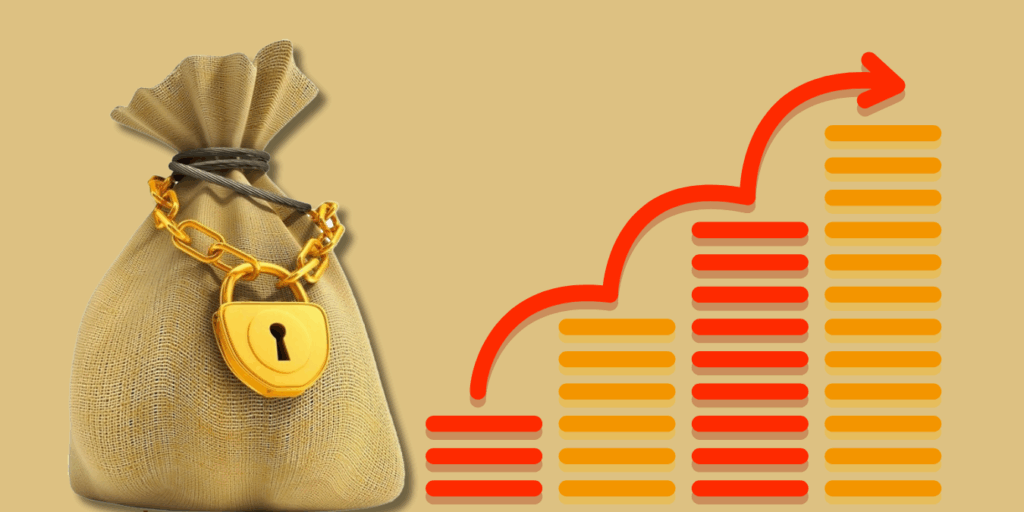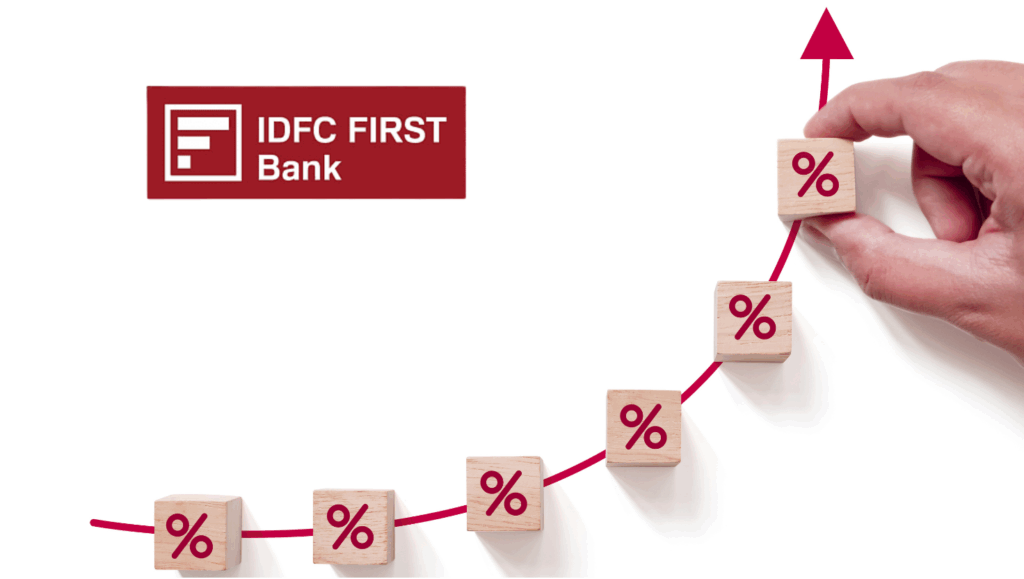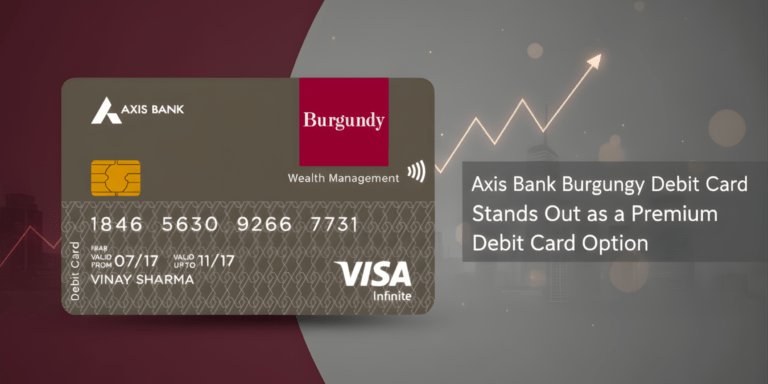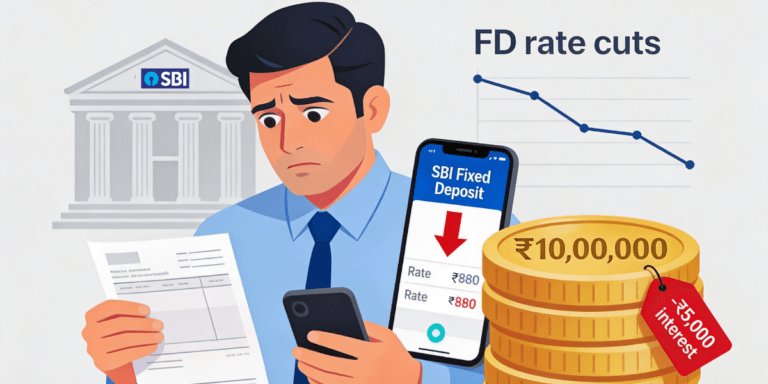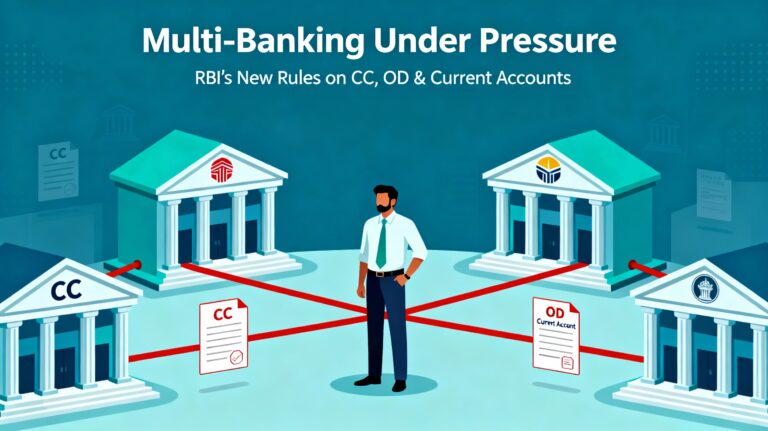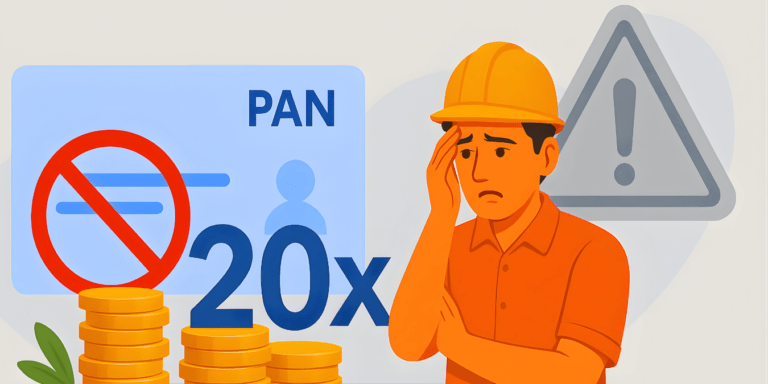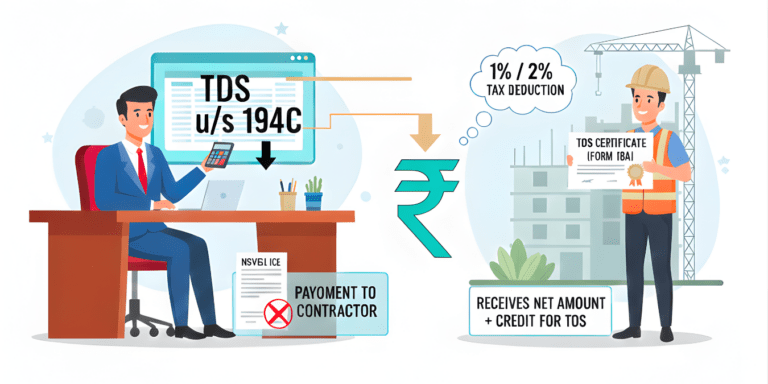
What If Your “Free” ATM Withdrawals Aren’t Really Free? The Shocking Truth You Didn’t Know
RBI’s ₹23 ATM withdrawal fee sparks outrage—what they aren’t telling you could cost you more than just money. Are salary accounts truly free? Discover hidden charges, secret limits, and the urgent shift driving India’s cashless future. Don’t miss the critical facts every Indian bank customer must know in 2025.
Imagine reaching for cash at an ATM, assuming your salary account guarantees unlimited free withdrawals, only to find a ₹23 fee deducted from your account. Sounds unbelievable? Yet, from May 2025, this is the stark reality for millions of Indians. The Reserve Bank of India’s (RBI) revised rules have quietly stripped away a long-standing privilege, leaving salary account holders and everyday customers exposed to rising ATM fees once their monthly free limits are exceeded. But how did this change slip under the radar, and what does it mean for your wallet and daily financial life? Let’s uncover the surprising truth behind the RBI’s 2025 ATM charges and why it matters profoundly to every bank customer in India today.
Breaking Down the RBI’s 2025 ATM Charges: What Changed and What Stayed the Same?
The New Charge: ₹23 Per Transaction Beyond Limits
From May 1, 2025, the RBI has increased the maximum permissible ATM charge to ₹23 for every withdrawal beyond the stipulated free monthly quota, up from ₹21 previously. This charge is uniformly applicable across all banks, whether state-owned, private, metro-based, or rural.
Free Transaction Limits: The Hard Numbers
- At your own bank’s ATM: 5 free transactions per month (cash withdrawals and non-financial transactions).
- At other banks’ ATMs:
- 3 free transactions monthly in metro areas
- 5 free transactions monthly in non-metro areas
Once these limits are crossed, every withdrawal or non-financial transaction (like balance enquiry or mini statement printing) costs ₹23.
Salary Account Holders: No More Special Treatment?
Contrary to popular belief, salary account holders are no longer exempt from these fees once free limits are exhausted. This reversal contradicts decades of perception that salary accounts enable unlimited free ATM access.
Why the Fee Hike? The Hidden Drivers Behind RBI’s Move
Unbearable Operational Costs
The cost of maintaining India's vast ATM network, including cash handling, security upgrades, technology modernization (biometric and face recognition), and compliance with regulatory mandates, has escalated sharply. With RBI promoting secure, tech-enabled banking, these costs are passed on partly to customers.
Aligning Cash Use With Digital Ecosystem Growth
India’s digital payment ecosystem is booming, yet a significant population still relies heavily on cash. The fee hike nudges customer behaviour toward larger, less frequent cash withdrawals or promotes digital wallets and UPI transactions, aligning customer habits with the digital economy vision.
Uniformity and Transparency
By fixing the maximum permissible charge at ₹23, RBI enforces pricing uniformity across banks, ending regional discrepancies and confusing fee structures that once led to customer grievances.
Breakdown of Key Details
- Free ATM Transaction Limits: 5 free monthly transactions at the bank’s own ATMs; 3 free transactions in metro and 5 in non-metro branches at other banks' ATMs.
- Charge beyond Free Limit: ₹23 per transaction (up from ₹21), applicable to both financial (cash withdrawals) and non-financial transactions (balance inquiries, mini statements) at other bank ATMs.
- Salary Account Holders: Previously assumed to have relaxed ATM charges, now equally impacted by the ₹23 charge after free limits are used.
- Rural vs Metro Impact: Identical charges apply though free transaction limits differ slightly to accommodate local bank access.
- Reason for Hike: To cover increased costs in ATM operation, maintenance, and technology upgrades for enhanced customer safety.
- Customer Strategy: Encouragement to reduce small, frequent ATM withdrawals and adopt digital payment modes to avoid charges.
The Ripple Effect: Impact on Indians Across Regions and Income Groups
Urban Customers: Small But Noticeable Impact
In metros, where free inter-bank ATM transactions are capped at just three, urban users may find this cost spikes their routine banking expenses, especially in cash-dependent monthly budgeting.
Semi-Urban and Rural Customers: Larger Financial Shock
Non-metro customers get slightly more free transactions but often rely on cash due to limited digital penetration. For many, the new charges can pile up, shrinking already tight monthly budgets, and causing friction against digital payment adoption due to infrastructure issues.
Frequent Cash Users and Small Business Owners
People withdrawing cash multiple times a month, including small traders, drivers, and daily wage workers, will see their disposable income affected increasingly by the ₹23 levy, forcing tough decisions on cash usage versus paying fees.
Little-Known Facts: What Most Indians Don’t Realize About This Rule
- Non-Financial Transactions Count Too: Balance checks, mini statements, and PIN changes at other banks' ATMs also count toward free limits and are charged beyond those limits.
- No Differentiation by Withdrawal Amount: Whether you withdraw ₹100 or ₹10,000, the fee per transaction beyond free limits remains ₹23, disproportionately affecting small cash withdrawals.
- Banks’ Incentives to Promote Digital Usage: Banks gain relief from ATM operating costs as customers shift to online payments, but face scrutiny on customer service fronts due to unexpected ATM fees.
- Free Limit Restrictions for Debit Cards: Fees equally apply to debit card withdrawals, making 'free' debit usage a myth for many heavy ATM users.
Why This Affects You More Than You Think
Aspiration to Save More
For the average Indian saver or salaried person, each ₹23 deducted means less money towards aspirations—whether education, health, or family goals.
Relief in Digital Alternatives
Smart users adopting UPI and mobile wallets can avoid these charges entirely, turning the fee hike into a catalyst for better financial habits.
Urgency to Change Behavior
Ignoring this change can lead to surprise deductions, affecting monthly budgeting. It’s urgent for customers to track transaction counts and fees proactively.
How to Adapt and Beat the New ATM Charge Surge
Actionable Tips for Every Bank Customer
- Track your ATM usage monthly: Use bank apps or SMS alerts that notify when free limits are near or exceeded.
- Make larger, less frequent withdrawals: Consolidate your cash needs into fewer visits.
- Prioritize your bank’s ATMs: Withdraw cash mostly from your bank’s ATMs to maximize free transactions.
- Embrace digital payments: Use UPI, mobile wallets, and net banking for day-to-day purchases.
- Review bank accounts for fee waivers or cashback offers: Some banks now offer rewards programs to offset ATM fees.
Experts Speak: Industry Insights on the RBI ATM Fee Hike
Industry experts see this charge hike as a balancing act between sustaining ATM infrastructure and promoting digital adoption. With increasing security threats and cost inflation due to technology upgrades, incremental transaction fees help banks maintain extensive ATM networks that otherwise risk becoming financially impractical.
Simultaneously, the fee structure nudges customers toward fewer, larger cash withdrawals, or digital equivalents, fitting into RBI’s broader vision of a digital-first economy while still accommodating cash needs for many.
What’s Next? The Future of ATM Transactions Post-2025
- Potential for Tiered ATM Fees: RBI may introduce varied fees based on customer segments or transaction types.
- Smart ATMs and Cash Recycling Machines: More banks adopting technology to reduce operating costs and fees.
- Incentives for Low-Fee or No-Fee Digital Transactions: New government or RBI initiatives might further promote digital adoption.
- Greater Transparency in Bank Charges: Stricter mandates on banks to alert customers proactively about fees.
- Evolving Role of Salary Accounts: Banks may redesign salary accounts with bundled benefits or digital transaction rewards.
Final Thoughts: Are You Ready for a Cashless Future or Stuck Paying ATM Fees?
India is rapidly transitioning to a cashless economy, with digital payments expected to account for around 80% of all transactions by 2025. Innovations like UPI, mobile wallets, and AI-driven banking are making payments faster, safer, and more accessible nationwide. However, cash still remains the primary mode of payment for many, especially in rural and semi-urban areas. The RBI's ATM fee hike reflects the ongoing balancing act between sustaining costly ATM infrastructure and driving digital adoption. To avoid mounting ATM charges, users must embrace digital payments, track transactions closely, and optimize cash withdrawals, preparing themselves for a future where cash becomes the exception rather than the norm.


